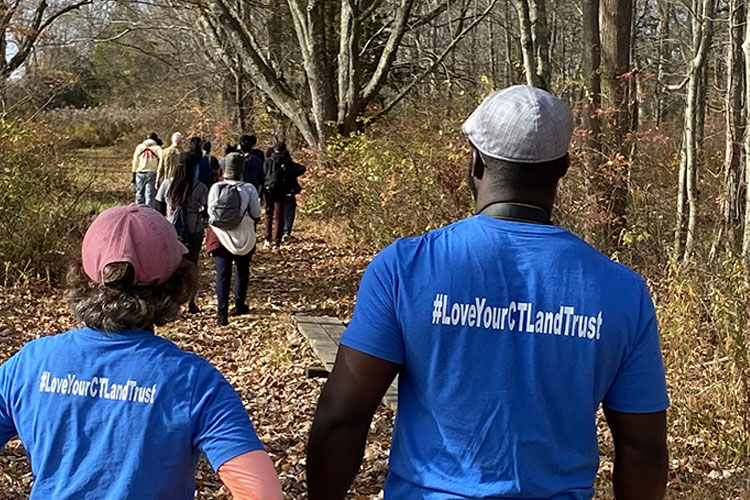2/13/24 – During our Summit on Land Use in Connecticut, many programs and funding opportunities were discussed as they became relevant to the conservation. These resources from each department provide opportunities for groups and individuals to achieve the goals of different land use projects. Programs mentioned include grant programs, tax credits, and strategic plans being made to help reach a diverse set of land use goals in the state. Also included are links to all panelist’s organizations and recordings from the full-day event.
Defenders of Wildlife has launched a unique online tool, WALT (Wildlife and Land Trusts), designed to assist land trusts in identifying federal resources for habitat conservation. This tool serves as a comprehensive resource, enabling land trust staff to align their conservation goals with suitable federal programs, and provides necessary contact information for federal staff.
11/15/23 – A panel of experts from the Connecticut Land Conservation Council, Northwest Connecticut Land Conservancy, Save the Sound, The Nature Conservancy, and the Housatonic Valley Association discussed a new report, Conserving Northwest Connecticut: Adaptive Strategies for Accelerating the Pace of Conservation. This webinar explored how you and your organization can use the report to inform your own strategic conservation planning and educate your constituents and stakeholders.
The Connecticut Land Conservation Council (CLCC) and the Connecticut Department of Energy and Environmental Protection (DEEP) hosted a series of one-hour, lunchtime Zoom discussions on state land conservation planning and open space grant funding programs.
Attacks on voluntary private land conservation are putting critical conservation tools at risk. Join the Land Trust Alliance in setting the record straight on the importance of voluntary private land conservation, protecting private property rights and the various tools, such as conservation easements that are needed to get the job done!
2/1/23 – While land conservation and affordable housing are often pitted against one another as an “either/or” proposition, the reality is that Connecticut communities need both. Along with our program partners at Land Trust Alliance and the Trust for Public Land, this summit consisted of a full-day exploration of how housing and conservation groups can work together to achieve greater good. Discussions covered successful examples of collaboration, and how such efforts can lead to healthier, more equitable housing, to more land conservation in our communities, and to increased funding for joint projects.
Catch the recording from part one of this program Buildings, Offices, and HQs – What should your land trust consider?
Catch the recording from part two of this program Historic Buildings – A primer on historic preservation, restoration, designations, and funding.
The Northeast Bird Habitat Conservation Initiative has announced the launch of an exciting new interactive mapping tool designed to aid northeastern conservation practitioners and organizations, including regional conservation partnerships and land trusts in advancing conservation.
CLCC’s Land Trust Board Member Boot Camp is a five-part series that covers the essential roles, functions, and responsibilities of land trust board members. The series is designed for those who are new to being on a board, new to land trusts, or are looking for a refresher course.
